Soumaya Erradi
Road to Web3
#1about 6 minutes
Comparing the core principles of Web2 and Web3
Web3 introduces decentralization and native payments, contrasting with Web2's centralized control and reliance on third-party payment services.
#2about 5 minutes
Exploring the advantages and challenges of Web3
Web3 offers benefits like data ownership and security but faces challenges such as scalability, low user adoption, and environmental concerns.
#3about 3 minutes
Understanding common Web3 application use cases
Web3 is being applied in various fields including play-to-earn gaming (GameFi), NFT marketplaces, decentralized finance (DeFi), and emerging social media platforms.
#4about 4 minutes
How Web3 application architecture differs from Web2
Web3 applications replace traditional backends and databases with smart contracts on the blockchain, interacting via providers from wallets or public nodes.
#5about 6 minutes
Essential tools for building a Web3 application
Building a dApp requires a frontend framework, a crypto wallet like MetaMask, the Ethers.js library, and an understanding of smart contract ABIs and block explorers.
#6about 9 minutes
Interacting with smart contracts using Ethers.js
Learn how to connect to a user's wallet, instantiate a smart contract using its address and ABI, and differentiate between read and write operations.
#7about 9 minutes
Code demo for a DeFi token transfer app
Follow a practical code example to read a token balance and execute a transfer transaction using Ethers.js, including handling the transaction confirmation process.
Related jobs
Jobs that call for the skills explored in this talk.
Matching moments
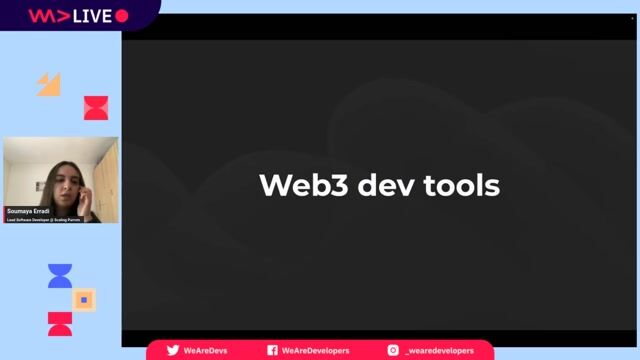
12:10 MIN
Essential tools for Web3 frontend development
Testing web3 applications

05:17 MIN
Comparing Web2 and Web3 application architecture
Testing web3 applications
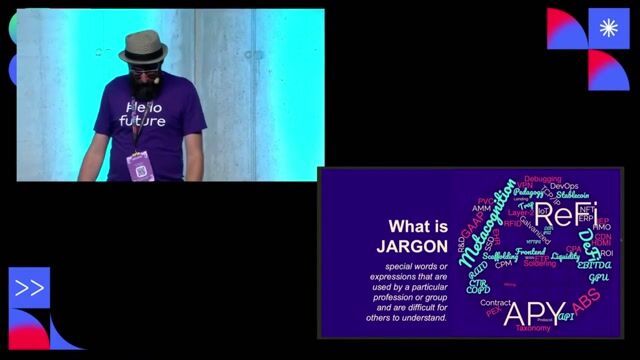
29:05 MIN
Anyone can become a Web3 developer
A Primer on Blockchain and Hedera: An Intro Through Terms
00:00 MIN
Embracing Web3 principles within the current Web2 landscape
Web3: Embracing the Next Era of the Internet Within a Web2 Landscape

15:30 MIN
Adopting core Web3 principles in Web2 development
Web3: Embracing the Next Era of the Internet Within a Web2 Landscape
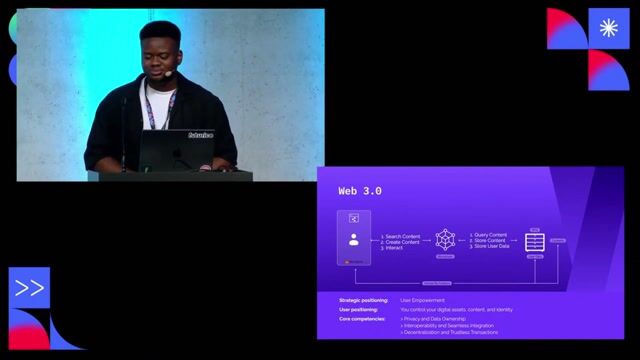
08:06 MIN
Exploring Web3 use cases and their inherent challenges
Web3: Embracing the Next Era of the Internet Within a Web2 Landscape
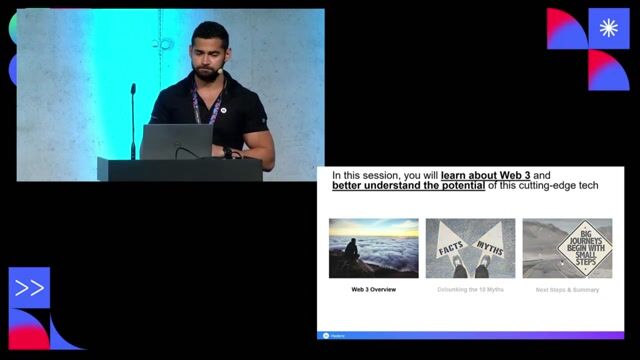
05:00 MIN
Understanding the evolution from Web1 to Web3
Debunking the Top 10 Myths about Web 3

00:33 MIN
A developer's journey from Android to blockchain
Coffee with Developers - Shritesh Jamulkar
Featured Partners
Related Videos
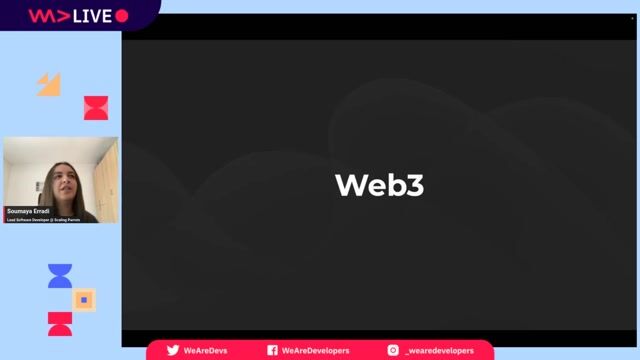 53:58
53:58Testing web3 applications
Soumaya Erradi
 49:40
49:40Connect Metamask with web3js
Wisdom Nwokocha
 58:00
58:00Web3 Developer Crash Course
Marko Ivanković
 26:34
26:34Web3: Embracing the Next Era of the Internet Within a Web2 Landscape
Darrel Idiagbor
 38:32
38:32Smart Contract fundamentals - My first DApp
Tim Weingärtner
 57:38
57:38Blockchain, NFT and smart contracts for my application
Hendrik Ebbers
 1:04:57
1:04:57WeAreDevelopers LIVE – Building on Algorand: Real Projects and Developer Tools
Chris Heilmann, Daniel Cranney & Astha Yadav
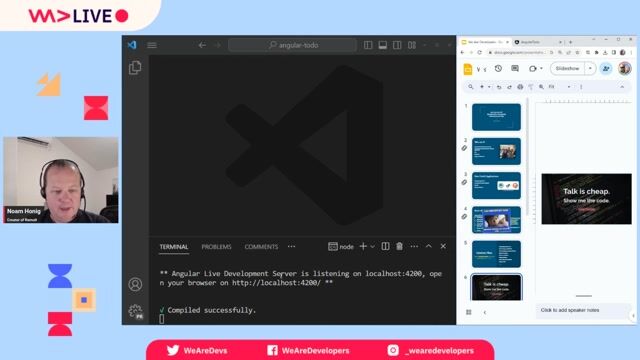 51:04
51:04Meet Your New BFF: Backend to Frontend without the Duct Tape
Noam Honig
Related Articles
View all articles.webp?w=240&auto=compress,format)



From learning to earning
Jobs that call for the skills explored in this talk.


Frontend dev react.js / Next.js Blockchain en AI
Multiplied
The Hague, Netherlands
Remote
Intermediate
API
CSS
HTML
React
+5





Remote Fullstack Dev - Real-Time Web Apps (Node/Deno)
BoraBora GmbH
Barcelona, Spain
React
MongoDB
Node.js

Full Stack Engineer (Front-End Focus)- DeFi
Arrakis Finance
Zürich, Switzerland
Remote
CHF187-208K
API
React
Figma
+5
